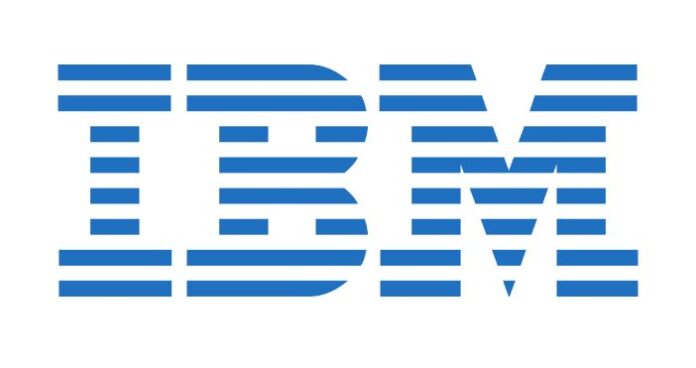IBM Corp. debuted Monday the encryption capabilities of its new z14 mainframe, otherwise known as IBM Z, which is focused on combating the growing threat of data breaches.
The number of data breaches within the U.S. is on the rise. IBM purports universal encryption — the encryption of everything — may be a sufficient way to keep hackers at bay. The z14 mainframe is the first system able to encrypt any information tied to an application, cloud service or database at anytime. The company worked with 150 clients to design the mainframe. IBM said the recent release was the company’s most significant server offerings in more than 15 years.
Encryption is the science of converting information into code in order to thwart unauthorized access. The practice is used by email providers and storage services. However, several companies use it sparingly given the amount of computational power needed to encrypt and decrypt data.
“The vast majority of stolen or leaked data today is in the open and easy to use because encryption has been very difficult and expensive to do at scale,” said Ross Mauri, general manager of IBM’s mainframe businesses, in a press statement. “We created a data protection engine for the cloud era to have a significant and immediate impact on global data security.”
The z14 mainframe can encrypt at scale and inexpensively without making alterations to the software. It houses the company’s fastest microprocessor alongside a scalable system structure, which provides a 35% capacity increase in comparison to its predecessor. Moreover, IBM Z can support more than 12 billion encryption transactions a day on an individual system.
By encrypting everything, the z14 mainframe can decrease the threat of data breaches by 92%, according to research commissioned by IBM. This is possible since the z14 mainframe matches the silicon for cryptographic accelerators of the company’s previous mainframe, the z13 mainframe, four times over, providing it with seven times the cryptographic performance.
The company has placed the z14 mainframe onto the cloud, initiating an encryption engine for cloud services and to manage IBM Blockchain services. IBM has set up six new Blockchain data centrers based in Dallas, London, Frankfurt, Sao Paolo, Tokyo and Toronto.
“The powerful combination of IBM Z encryption and secure containers differentiates IBM Blockchain services on the cloud by supporting the trust models new blockchain networks require,” said Marie Wieck, the general manager of IBM Blockchain. “Enterprise clients also benefit from the ease of use making management transparent to the application and the user.”
Although the z14 mainframe offers a wealth of advantages, encryption technologies are controversial. Last year, for instance, Apple Inc. found itself in the midst of a political upheaval after the Justice Department said the company ought to help the FBI unlock an encrypted iPhone belonging to one of the San Bernardino shooters. Apple denied the request on the grounds that it would have to write a piece of software from scratch capable of opening hundreds of millions of locks. Consequently, the case went to court.
Political upheavals aside, encryption technologies are big money. Previous IBM servers in the Z-series have come with a price tag in the high tens of thousands of dollars. The company expects to make $500,000 from customer charges for the new mainframe. The custom silicon attached to the z14 mainframe may up the price tag; although, it could cost less for clients upgrading from an existing setup.

